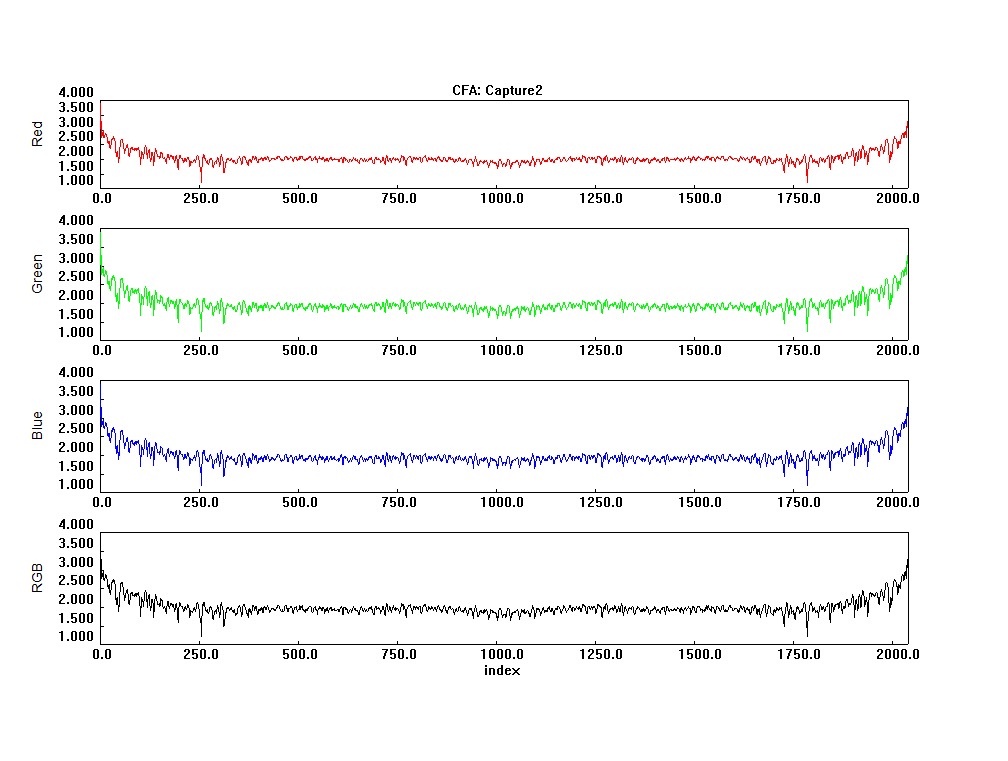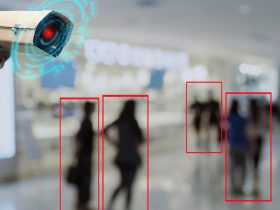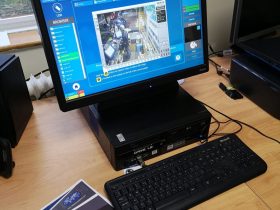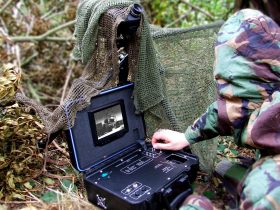Introduction
In the digital landscape, the integrity and authenticity of images are paramount, particularly in fields like law enforcement and counter-terrorism. As technology advances, so too does the need for forensic image analysis software. Forensic Image Analysis Software, or FiA, emerges as a groundbreaking solution tailored to meet the intricate demands of professionals tasked with authenticating and investigating digital images.
![]()
The Role of FiA in Counter-Terrorism
Counter-terrorism efforts necessitate meticulous analysis and verification of digital images to identify suspects, track activities, and thwart potential threats. In this regard, FiA software serves as a pivotal tool, offering an array of advanced features tailored to the needs of counter-terrorism units.
-
What is FiA 64 software?
-
-
- FiA 64, or Forensic Image Analysis Software, is a specialized tool designed for analyzing and authenticating digital images. It offers a range of features tailored to the needs of professionals in fields such as law enforcement, counter-terrorism, journalism, and more.
-
-
How does FiA help in counter-terrorism efforts?
-
-
- FiA aids counter-terrorism units by providing advanced tools for image analysis, including Compression Level Analysis, Block Artifact Analysis, ADJPEG detection, and Correlation Map visualization. These features help investigators identify suspects, track activities, and prevent potential threats.
-
-
What role does FiA play in law enforcement investigations?
-
- In law enforcement investigations, FiA enhances the capabilities of professionals by facilitating accurate image analysis and evidence presentation. Features such as Color Filter Array examination and Smart Error Level Analysis assist in identifying tampering or manipulation attempts.
Compression Level Analysis
FiA’s Compression Level Analysis feature enables investigators to scrutinize the compression levels applied to digital image processing. By dissecting the artifacts produced during compression, analysts can deduce crucial information regarding the image’s origin, alteration history, and potential manipulation attempts.
How does Compression Level Analysis work in FiA software?
- Compression Level Analysis in FiA involves scrutinizing the artifacts produced during image compression to deduce information about the image’s history and authenticity. This process helps analysts identify potential manipulation attempts and assess the integrity of digital images.
Block Artifact Analysis
Block artifacts often occur during the compression of JPEG images, serving as telltale signs of tampering or manipulation. FiA’s Block Artifact Analysis capability allows for the identification and examination of these artifacts, aiding analysts in detecting and evaluating any alterations made to the image.
 What are Block Artifacts, and how does FiA analyze them?
What are Block Artifacts, and how does FiA analyze them?
- Block Artifacts are visual distortions that occur during JPEG compression and are often indicative of tampering or manipulation. FiA’s Block Artifact Analysis feature allows analysts to identify and examine these artifacts, aiding in the detection and evaluation of alterations made to the image.
ADJPEG
ADJPEG, or Adaptive DCT-based JPEG Detection, is a specialized tool within FiA designed to detect traces of JPEG compression. By analyzing the discrete cosine transform (DCT) coefficients of an image, ADJPEG assists analysts in identifying potential discrepancies indicative of manipulation or forgery.
Correlation Map
FiA’s Correlation Map feature provides a visual representation of the correlation between different areas of an image. This analysis can help detect anomalies or inconsistencies within the image, guiding investigators toward areas of interest for further examination.
Enhancing Law Enforcement Investigations with FiA
In the realm of law enforcement, the ability to accurately analyze and authenticate digital images is indispensable for securing convictions and ensuring justice. FiA software equips law enforcement professionals with a comprehensive toolkit designed to facilitate thorough image analysis and evidence presentation.
Color Filter Array
The Color Filter Array analysis feature within FiA enables analysts to dissect the arrangement of color filters used in digital imaging sensors. By scrutinizing this arrangement, analysts can uncover discrepancies or inconsistencies that may indicate image manipulation or tampering.
How does FiA’s Color Filter Array examination feature contribute to image analysis?
- FiA’s Color Filter Array examination feature enables analysts to dissect the arrangement of color filters used in digital imaging sensors. By identifying discrepancies or inconsistencies in this arrangement, analysts can detect signs of image manipulation or tampering.

Smart Error Level Analysis
FiA’s Smart Error Level Analysis functionality employs advanced algorithms to detect subtle variations in compression levels within an image. By identifying areas with anomalous error levels, analysts can pinpoint potential instances of tampering or forgery, aiding in the authentication process.
What is Smart Error Level Analysis, and how does it help in image authentication?
What is Smart Error Level Analysis, and how does it help in image authentication?
- Smart Error Level Analysis in FiA software employs advanced algorithms to detect subtle variations in compression levels within an image. By identifying areas with anomalous error levels, analysts can pinpoint potential instances of tampering or forgery, aiding in the authentication process.
Advancements and Future Implications of FiA
As technology continues to evolve, so too does the field of forensic image analysis. The ongoing development of FiA software promises even greater precision, efficiency, and versatility in unraveling the complexities of digital imagery.
Potential Advancements in Compression Level Analysis
The future of FiA holds promising advancements in compression-level analysis, where algorithms may become more adept at deciphering compression artifacts and extracting valuable information about the image’s history and authenticity.
Integration of Color Filter Array analysis for more accurate results
Integrating Color Filter Array analysis into FiA software could lead to more accurate detection of image manipulation, as analysts gain deeper insights into the underlying structure and composition of digital images.
Conclusion
In conclusion, FiA software represents a paradigm shift in digital image analysis, offering unparalleled capabilities to professionals in fields such as counter-terrorism and law enforcement. With features like Compression Level Analysis, Block Artifact Analysis, Color Filter Array examination, and Smart Error Level Analysis, FiA empowers investigators to unravel the complexities of digital imagery with precision and accuracy. As technology continues to evolve, FiA stands poised to revolutionize the way we authenticate and analyze digital images, ensuring the integrity of visual evidence in the face of ever-evolving challenges.







